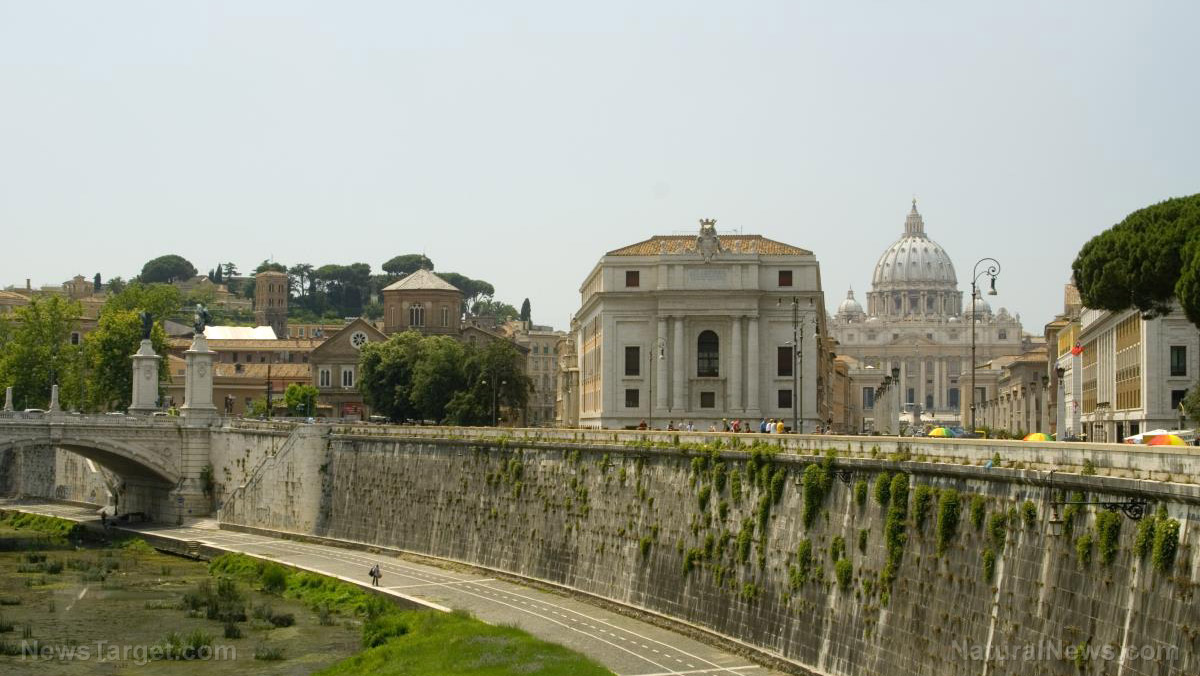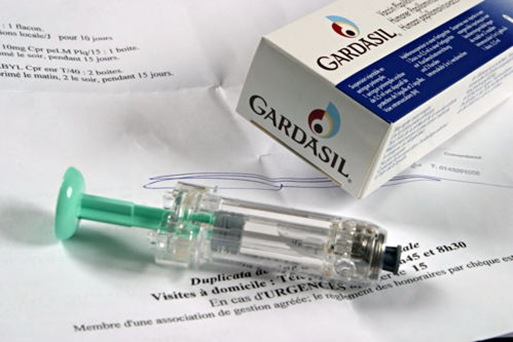
Then, around 2,200 years ago, lead pipes (called fistulae in Latin) were discovered, creating the possibility for the waterworks system to be expanded. A new study showed that the discovery of lead pipes may have brought along some complications for the Roman Empire as it maneuvered its way to the top and as it anticlimactically fell from grace.
In the paper, which was published in Proceedings of the National Academy of Sciences, the researchers showed how water that flowed through Rome's pipes could have been contaminated with lead particles. (Related: High levels of lead found in Florida schools' drinking water.)
According to Huge Delile, an archaeologist with France's National Center for Scientific Research, their team analyzed lead content from Rome's two harbors: the ancient Ostia (now three km inland) and the artificially-created Portus.
Delile said lead particle runoff from Rome's plumbing system reached the Tiber River, whose waters passed through both harbors. However, lead particles were quickly submerged under less turbulent harbor waters, leading Delile and his team to conclude that depositional layers of lead in the soil cores would indicate that the fault lay with Rome's extensive network of lead pipes.
The lead core sediments tell the tale of Rome's expansion over several centuries of development between 200 and 250 B.C.
Lead levels were low – at around 50 percent less than the levels recorded starting 200 B.C. – during a civil war in the first century B.C., when Italy's coffers had to be used to fund the war.
Researchers noted: “[This] provides the first evidence of the scale of the contemporaneous reduction in flows in Rome's lead pipe distribution system – of the order of 50 percent – resulting in decreased inputs of lead-contaminated water into the Tiber. [Augustus']...progressive defeat of his rivals during 30 B.C. allowed his future son-in-law, Agrippa, to take control of Rome's water supply by 33 B.C. Over the next 30 years, they repaired and extended the existing aqueduct and fistulae system, as well as built an unprecedented three new aqueducts, leading to renewed increase in [lead] pollution of the Tiber River.”
According to the team, upon examination of the soil in Ostia Antica near Rome, Italy, they found out that there had been a sudden influx of lead in 200 B.C., which is around the same time that the Roman Empire's expansion started. This is the time when aqueducts made of wood and stone were replaced with those that are made of lead pipe.
After the Roman Empire had recovered from the hardships of different battles, the levels of lead rose, especially during the first and second centuries A.D., especially when civil engineer Sextus Julius Frontinus initiated rebuilding the city's plumbing system and made it possible for wealthy Romans to put excessive water features to their homes, such as second century A.D. emperor Publius Aelius Hadrianus' fountain, which flowed into a reservoir near the dining table.
Researchers found a mix of lead with different isotropic compositions, meaning, water was crossing into the harbor from a wide variety of lead pipes that were built from leads of different ages and points of origin.
During the mid-third century A.D., lead levels in the city dropped, with researchers saying that “no more aqueducts were built, and maintenance was on a smaller scale.”
Rome's pipe system is a testament to its extreme wealth and prosperity. The lead that Rome used were imported from today's England, France, Germany, and Spain, which meant Rome had to make use of an extensive trade network. Also, maintaining said pipes was expensive. The pipes were recycled, but money still had to go to the repair of underground leaks and proactive measures to prevent massive aqueducts from crumbling.
University of Michigan professor Emeritus in the School of Public Health and Research and the Center for Human Growth and Development, Jerome Nriagu, who is also a geochemist, said in a 1983 book that “lead poisoning contributed to the decline of the Roman Empire”.
Past research has shown that the lead that was used to make the Roman water pipes had negative effects on public health, and may even have caused the empire's fall.
A study that was released in August regarding a metal fragment from Pompeii showed the presence of the “acutely toxic” element antimony, which caused the water to be “decidedly hazardous” and gave the risk of diarrhea and vomiting, liver and kidney damage, and even cardiac arrest to those who drank from it.
This makes it evident that the Roman Empire's lead contamination may have sprung from its pipes.
Read up on more stories such as this one at CleanWater.news.
Sources include:
Please contact us for more information.























